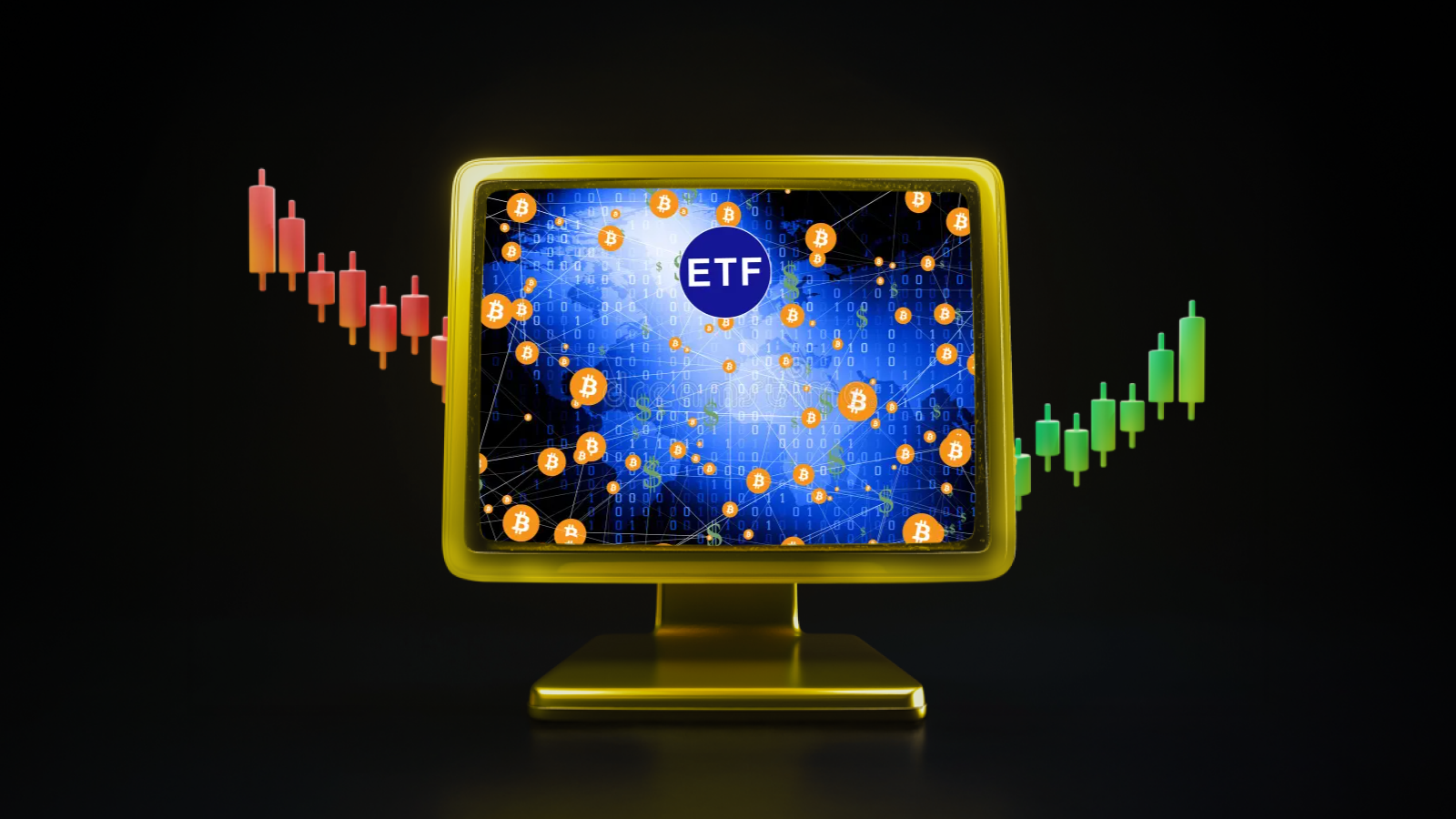Introduction
As 2025 continues to be shaped by the effects of inflationary fluctuations in the global economy, the place of cryptocurrencies in the financial system has become stronger.
In this respect, cryptocurrencies have become one of the financial assets that have attracted the attention of both individual investors and institutional players in recent years. This interest has continued exponentially, especially during and after the Covid-19 pandemic, when inflationary effects increased significantly. In 2025, inflationary pressures around the world and the measures taken by central banks against these pressures continue to affect cryptocurrency markets and investor strategies.
The Relationship Between Inflation and Demand for Cryptocurrency in General Terms
Inflation, as a factor that upset economic balances, has made its impact felt in every period of history. While inflation in the literature refers to the decline in the purchasing power of a currency, investors generally turn to alternative assets to prevent the loss of value of their assets during inflationary periods. Although gold and real estate are traditionally seen as safe havens in this sense, after the Covid-19 pandemic, especially since the early 2020s, cryptocurrencies have also started to be characterized as a store of value against inflation. Bitcoin, in particular, is considered as digital gold with its limited supply and decentralized structure and attracts the attention of investors.
In this respect, during periods of high inflation, as the purchasing power of traditional currencies declines, individuals and institutions turn to alternative investment instruments to protect their wealth. In addition to traditional instruments, cryptocurrencies with limited supply, such as Bitcoin, stand out with their potential to protect value against inflation. In particular, Bitcoin being referred to as “digital gold” has gained even more meaning in this period.
By 2025, as inflationary pressures around the world continue to increase, cryptocurrencies have gained an important position in this dynamic process. Cryptocurrencies, which have an important place in the investment strategies of both individuals and institutions, attract attention with their returns against inflation.
Central Banks’ Monetary Policy Expectations for 2025
The monetary policies of the world’s leading central banks, which are important actors in the fight against inflation, will closely concern the cryptocurrency market as of 2025. In this respect, the possible monetary policy decisions of the central banks will be closely monitored. The possible moves that major central banks may take in 2025 can be summarized as follows.
US: The US Federal Reserve (FED) will continue to pursue policies aimed at balancing growth and inflation in 2025.
- After the period of high inflation that started in early 2020, the FED turned to tightening monetary policies. In 2025, in a scenario where inflation is close to target levels, interest rates are expected to be kept at a more balanced level. However, if inflationary pressures increase again, it may slow down the current rate cut cycle.
Europe: The European Central Bank (ECB) will similarly seek to strike a delicate balance between growth and inflation targets in 2025.
- The ECB may maintain its loose monetary policy to support economic growth in 2025 in light of future data.
China: China will shape its monetary policy in line with its objectives of economic growth and increasing its influence in global trade.
- The People’s Bank of China (PBoC) may keep interest rates low to support growth. However, it may implement more balanced monetary policies to manage risks in fragile sectors such as the real estate market.
Forecasts for Investor Strategies in 2025
In 2025, it is predicted that the increase in inflation rates will shape investor strategies for cryptocurrencies. In this context;
- Store of Value: The limited supply and decentralization features of Bitcoin and similar crypto assets are expected to maintain their importance as a hedge against inflation.
- Impact of Regulations: In 2025 and beyond, more comprehensive regulation could make markets more reliable and increase institutional investor interest.
- Ecosystem Expansion: Innovative applications such as decentralized finance (DeFi) will support the growth of the cryptocurrency ecosystem and expand the use cases for cryptocurrencies.
General Evaluation
The development of the cryptocurrency market will be critical for both individual investors and the future of the global economy in 2025. While cryptocurrencies will continue to be positioned as an alternative protection tool for investors during periods of high inflation, innovations and regulations in digital markets will contribute to the reshaping of economic dynamics.
In this context, cryptocurrency markets are expected to become more mature after 2025. With the impact of regulations, investors’ confidence in cryptocurrencies will increase, which will enable the market to reach a wider audience. At the same time, technological developments and global financial dynamics will support cryptocurrencies as a more effective hedge against inflation.
In conclusion, we can say that the relationship between inflation and cryptocurrencies has an important place in the transformation of financial systems. Cryptocurrencies are seen not only as a means of protecting individuals’ wealth, but also as a symbol of financial freedom and innovation. In the future, the interaction of these two phenomena will redefine the balance of power in the global economy.





